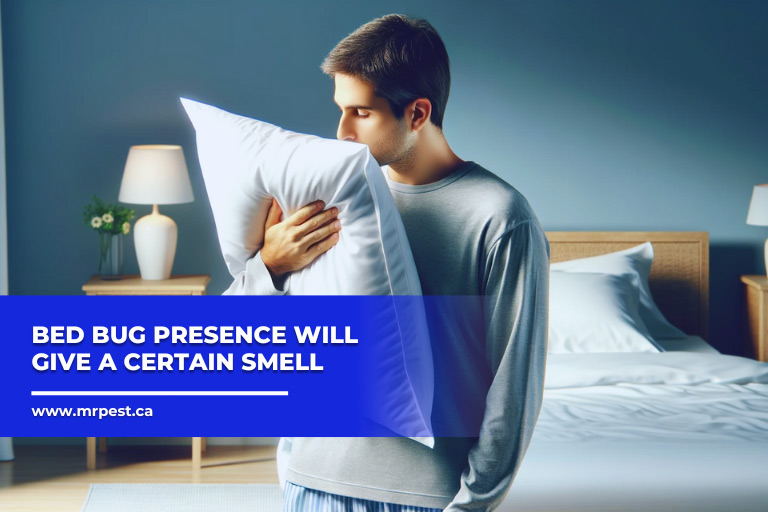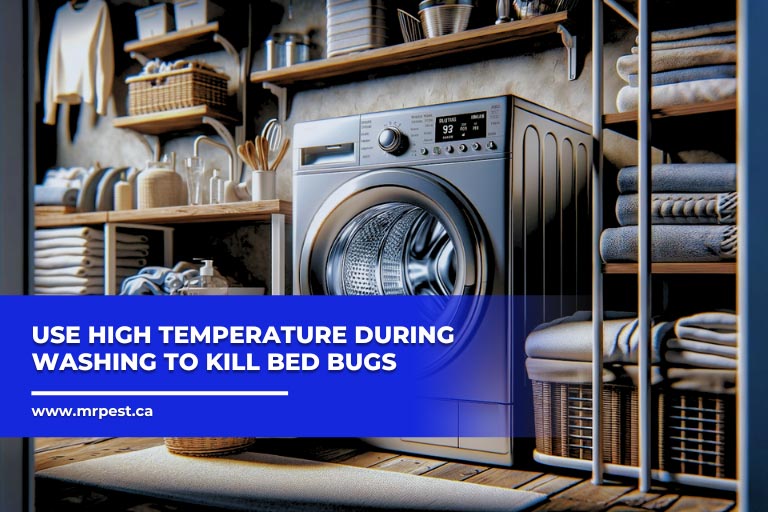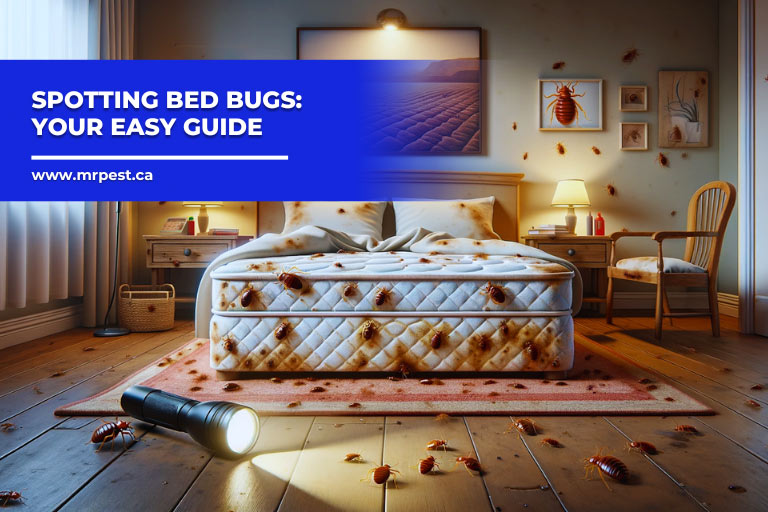Keeping your sleeping space free of bugs is essential for health and peace of mind. This guide aims to be your straightforward, no-nonsense companion in the journey of maintaining a bug-free sleeping environment. Learn here the simple steps you can take to ensure your space remains a sanctuary.
The Basics of Bed Bug Detection

Ensuring your home remains free from bed bugs starts with understanding the basics of detection. The key to a pest-free environment lies in regular, proactive checks. The good news? You don’t need to be a professional exterminator to conduct these checks effectively. In fact, with a little bit of knowledge and some basic tools, anyone can become proficient at detecting bed bugs.
First, it’s important to know what you’re looking for. Tiny, oval, brownish insects known as bed bugs thrive on the blood of animals or humans. Adult bed bugs boast flat bodies approximately the size of an apple seed. However, after feeding, their bodies expand, adopting a reddish colouration. While they are not known to spread disease, their presence can cause itching and loss of sleep.
The process of DIY bed bug detection involves a few simple steps that can be easily integrated into your regular home cleaning routine. When inspecting for bed bugs, here are some key things to look for:
- Inspecting Sheets and Pillowcases
Begin with the basics. Your sheets and pillowcases are the first places to check. Examine the seams, folds, and crevices carefully for any signs of bed bugs. Natural light is your best ally in this process, but don’t hesitate to use a flashlight for a more detailed examination.
- Checking Mattress Seams
Bed bugs love hiding in mattress seams and edges. Methodically inspect these areas, using a flashlight to illuminate potential hiding spots. This step is crucial, as mattresses are often the primary residence for these pests.
- Exploring Other Furniture
Bed bugs are notorious for their mobility and can easily infest nearby furniture. Extend your inspection to bedside tables, chairs, and other furnishings. Each type of furniture has its unique spots where bed bugs can hide, so stay vigilant and thorough.
- Identifying Reddish-Brown Stains
Reddish-brown stains on your bedding or furniture can be a telltale sign of bed bugs. These stains are often bed bug droppings. Learning to differentiate these from regular stains is vital. If you spot such marks, it’s crucial to take immediate action.
- Searching for Exoskeletons
Understanding the life cycle of bed bugs is important. These pests shed their exoskeletons, leaving behind tiny, translucent shells. Check all potential hiding spots for these shells, as their presence is a strong indicator of an infestation.
- Trusting Your Nose
CAPTION: Bed bug presence will give a certain smell
A sweet, musty odour is often associated with bed bugs. If you notice any unusual smells in your sleeping area, it could be a sign of an infestation. Trust your sense of smell and investigate further if something seems off.
Regular Maintenance for a Bug-Free Zone

Maintaining a bug-free zone in your home, particularly against bed bugs, is closely tied to the overall cleanliness and regular maintenance of your living space. A clean and well-maintained environment is less inviting to pests and makes it easier to spot signs of an infestation early. Here are some key practices to incorporate into your routine:
- Consistent Cleaning
Regularly vacuum your home, focusing on floors, furniture, and other soft furnishings. Vacuuming not only removes potential bed bug food sources like dander and dust but also can suck up any bed bugs or eggs hidden in carpets or upholstery. Remember to immediately dispose of the vacuum bag or contents in a sealed trash bag outside your home.
- Declutter
Reducing clutter is crucial in the fight against bed bugs. Clutter provides numerous hiding places for bed bugs and makes it harder to spot an infestation. Keep your space tidy, especially around sleeping areas, to minimize potential bed bug habitats.
- Laundry Management
CAPTION: Use high temperature during washing to kill bed bugs
Wash and dry bed linens, curtains, and clothing regularly at high temperatures. Bed bugs cannot withstand high heat, making this an effective way to kill any bugs or eggs present. Be particularly vigilant with items that have been on the floor or in high-traffic areas.
- Seal Cracks and Openings
Check for and seal any cracks in the walls, loose wallpaper, or gaps in baseboards. These can serve as entry points or hiding places for bed bugs. Using caulk to seal these areas not only prevents bed bug infestations but also enhances the overall insulation of your home.
- Mattress and Furniture Covers
Consider using protective covers for mattresses and furniture. These covers can trap bed bugs inside, preventing them from feeding and breeding, and making it easier to spot and deal with an infestation.
- Regular Inspections
Even with cleanliness, regular inspections remain key. Periodically check your home for signs of bed bugs, especially after travelling, purchasing second-hand furniture, or hosting overnight guests.
- Mindful Travel Habits
Be cautious when travelling. Use luggage racks to hold your suitcase and inspect hotel room beds and furniture upon arrival. On returning home, launder all clothes and inspect your luggage before bringing it inside.
- Professional Assessments
If you live in an area prone to bed bugs or have experienced infestations before, consider scheduling regular professional inspections. Pest control experts can provide more thorough examinations and early detection.
By combining these cleanliness and maintenance practices with regular inspections, you create a robust defence against bed bugs. This proactive approach not only helps in maintaining a bug-free zone but also contributes to a healthier and more pleasant living environment overall.
Dealing with Bed Bug Bites
If you’ve encountered bed bugs, it’s likely you’ll experience bites. Usually, the welts manifest as small, red, and itchy, frequently arranged in a line or cluster. To manage these bites:
- Immediate Care: Gently clean the area with soap and water. This helps prevent infection and soothes the skin.
- Reduce Itching: Apply anti-itch creams or take antihistamines to alleviate itching and discomfort.
- Medical Attention: If you experience severe reactions, such as excessive swelling or signs of infection, consult a healthcare professional.
Keep in mind that incorporating these simple tips into your routine can give you peace of mind. With the knowledge and tips provided, spotting and preventing bed bugs in your living space becomes a task you can approach with confidence. For those seeking professional bed bug control in Orillia, contact Mr. Pest Control today at 705-326-3377 for expert assistance.



